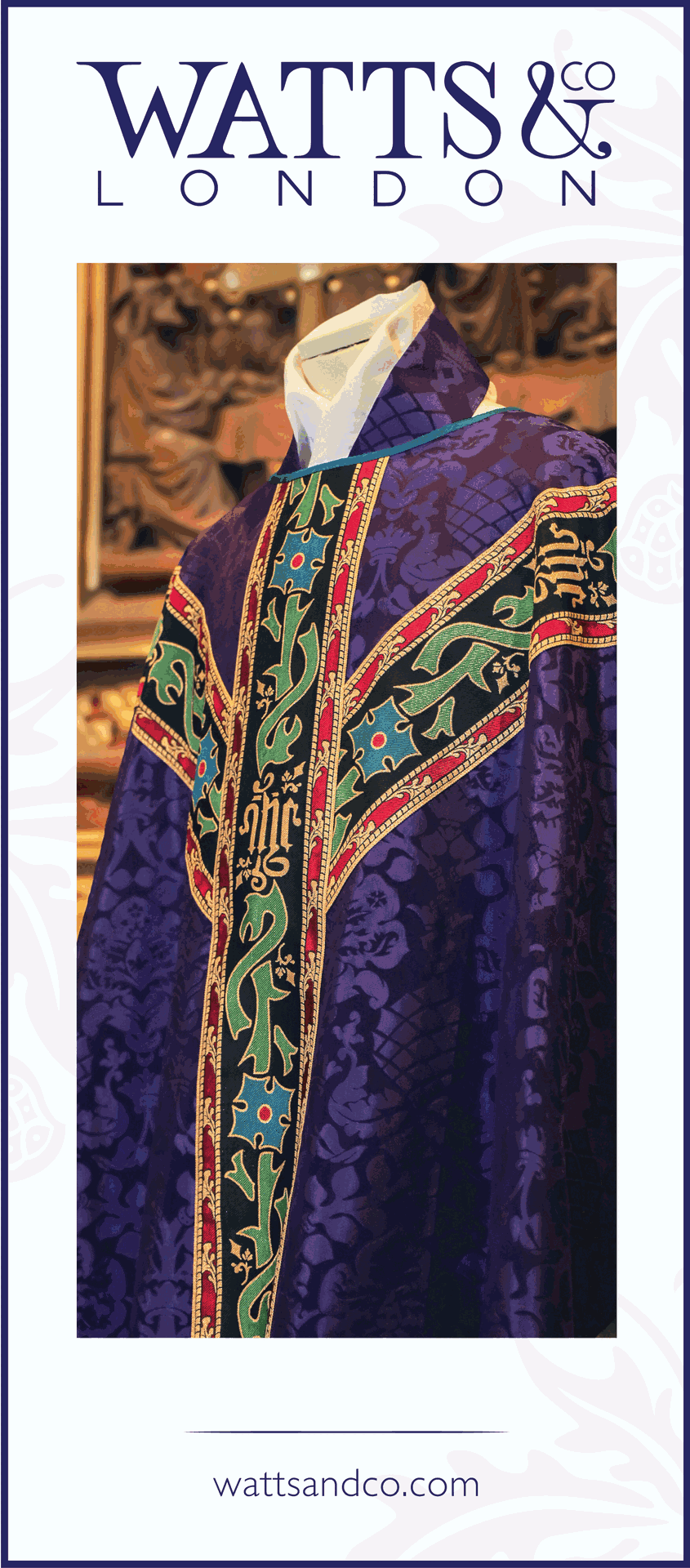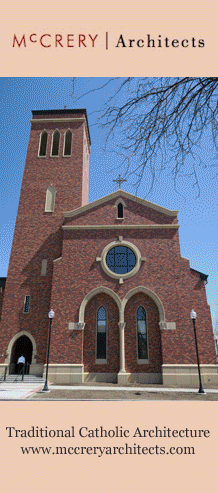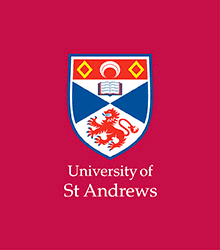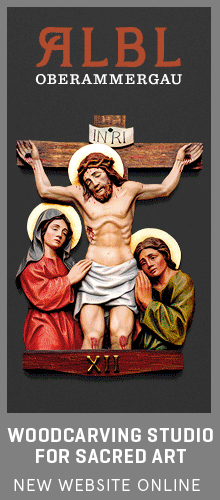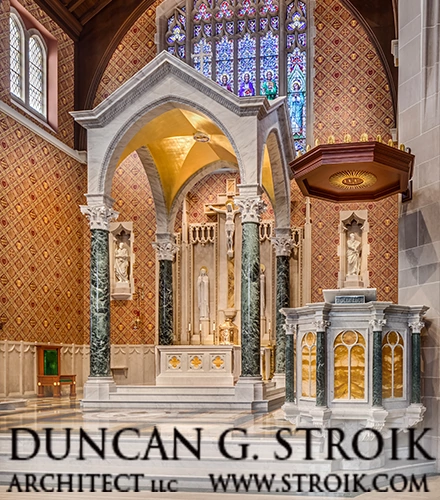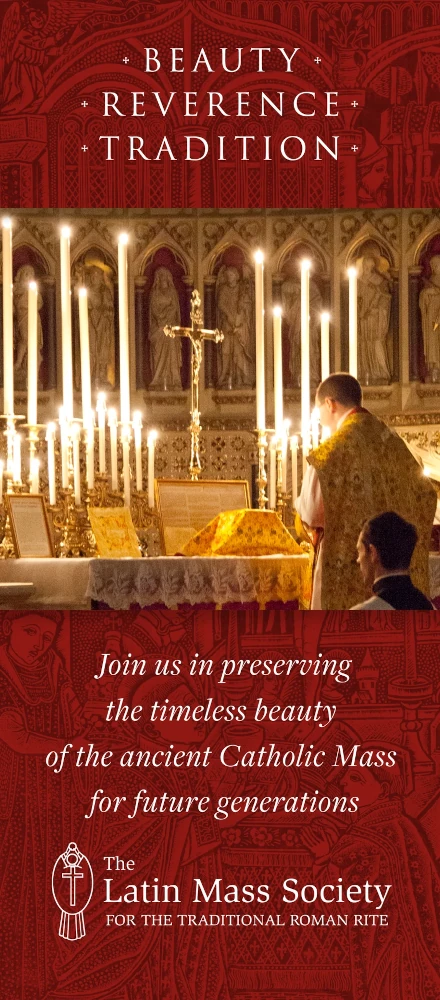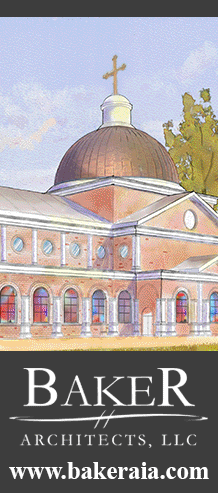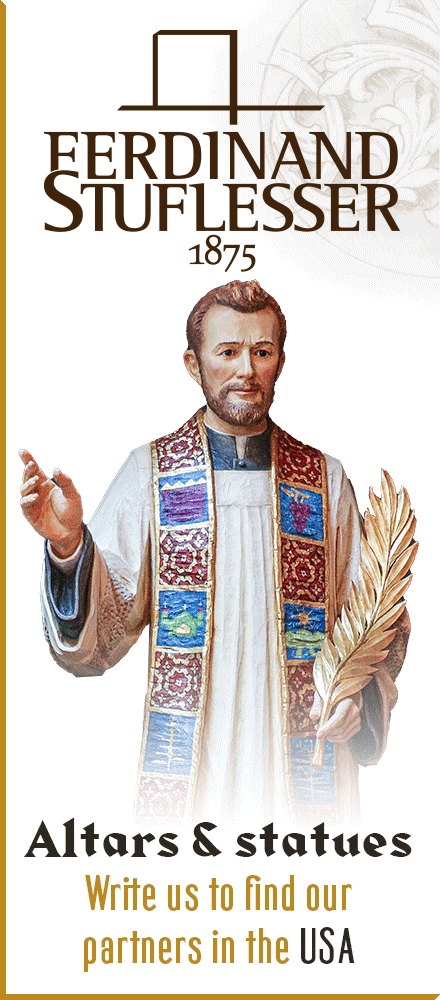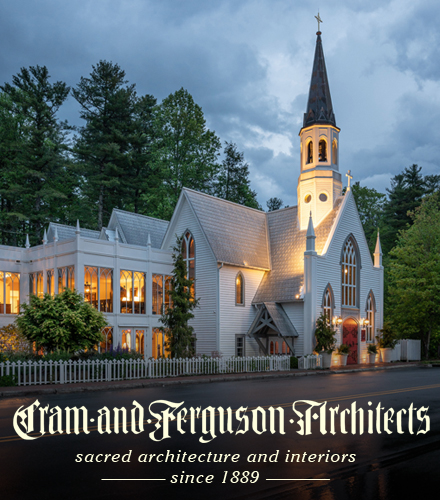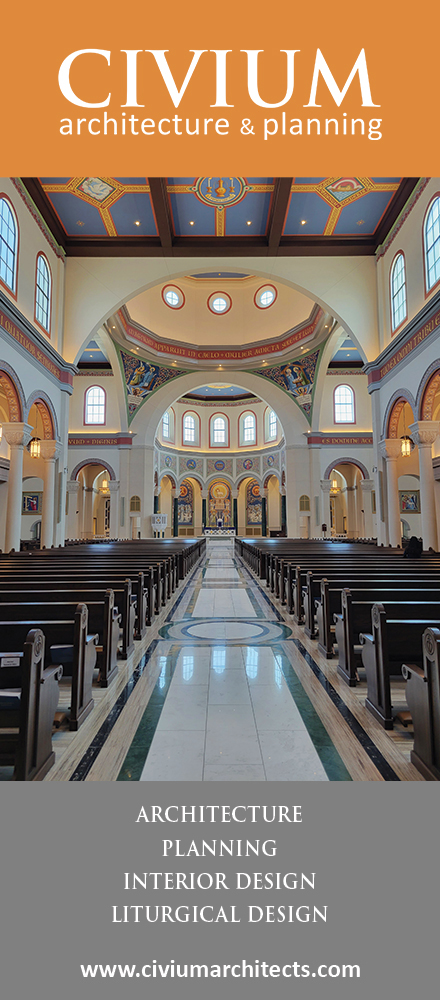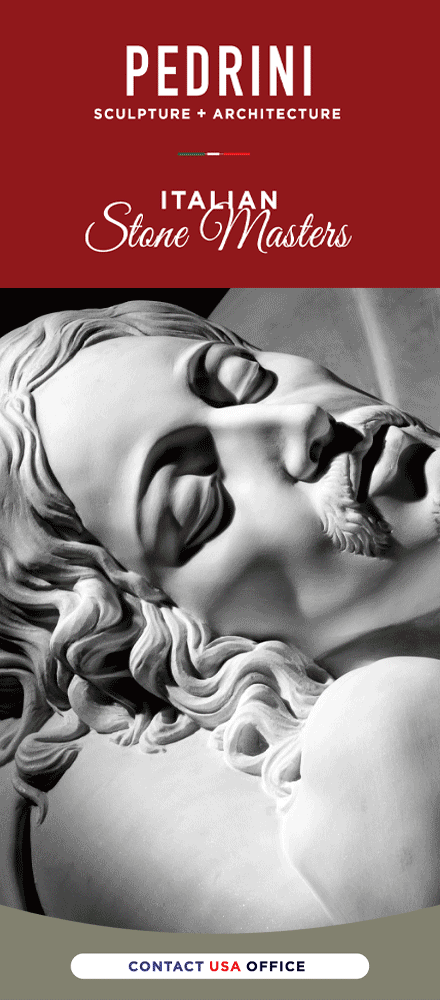Today, Cardinal Dario Castrillon Hoyos celebrated a Solemn Pontifical Mass in Westminster Cathedral. I am still looking for photos of the event, but I couldn't help pulling two reports posted in the NLM comments from NLM readers who attended the event. Here are those accounts.
First, from Father Anthony Symondson, SJ:
I have just returned from Cardinal [Castrillon] Hoyos's Mass at Westminster Cathedral this afternoon. It lasted for one hour and fifty minutes and was extremely well celebrated and attended. His sermon was good and balanced and I hope Shawn will be able to publish the text. The large congregation was mixed in age and character and the cathedral was full. The music (chant and polyphony) was as perfect as only Westminster cathedral's choir can be, and the organist played Widor's Marche Pontificale at the end, a work I have not heard performed in church for years. Good white Roman High Mass vestments embroidered with arabesques in gold thread. The epistle and Gospel were well sung but translations of both were not read before the sermon. The congregation responded well and most present received Holy Communion kneeling and on the tongue. There was only one hymn, Adore te devote, sung in Latin to the traditional tune.
What, of course, was sublime was seeing Westminster Cathedral used for a Pontifical High Mass at the Throne for the first time for thirty-nine years. It showed how superbly Bentley planned the high altar and sanctuary for the classical Roman Rite and how beautiful and majestic it looked in use. It had a converting power.
I bumped into some young people I knew at the bus stop on the way home and they could not understand how or why the Extraordinary Form could ever have been abandoned. It was a tall order dredging up the events of the last forty years on a crowded London bus but I did my best as objectively as possible. One of them is determined to promote it as strongly as he can when he returns to Nigeria after finishing writing a novel.
All in all, it would have been a great pity to have missed this historic occasion and I hope it will have lasting effects.
Our second account comes from "Justin":
I have just returned from the Pontifical High Mass at the Throne for the Feast of S. Basil the Great celebrated by Dario Card. Castrillion Hoyos, President of Pontifical Commission Ecclesia Dei. You will be happy to know that the Cathedral was overflowing - all seats were filled 30 mins prior to Mass, the side chapels were packed, and the side aisles and crossings were standing room only. Many of the congregants of the overflowing cathedral were youth, or families with children. I am 24 myself, and I would estimate that at least half the congregants (surely numbering more than 1500) were in my age group or younger.
The famed Cathedral Choir (the actual Cathedral Choir) sung their pieces with the professionalism and technical wizardry superior to any Oxbridge college choir but with a passion, verve, and gusto that only the Westminster Cathedral Choir can muster and for which it is justly famous for worldwide. Saturday afternoon is the one free afternoon where the boys of the choir can spend time with their families, so the top line of the choir was necessarily reduced from a normal figure of about 20 boys to slightly more than half that due to unavailability of those with family commitments. This did not affect their singing one bit.
The sanctuary was at it's most beautiful - with the focus of Bentley's magnificently designed high altar with baldaccino uninterrupted. The vestments were the finest in the Cathedral, with coped ministers. The Cardinal in full cappa magna was met at the West Door by the robed clergy in attendance - there were diocesan deacons, priests and monsignori, religious, priests of traditional orders, the Provost of the Westminster Chapter, and the Administrator of Westminster Cathedral - all in full regalia. Various Knights of Malta were also on hand to greet the Cardinal. Diocesan priests, religious sisters, and seminarians were also among the congregation. All genuflected as the Cardinal processed up to the Blessed Sacrament chapel accompanied to the Elgar's glorious Ecce Sacerdos Magnus.
Palestrina's Missa Sacerdos et Pontifex was the Mass Setting, and the Propers were all sung according to Gregorian chant fromn the Liber, in the rather bouncy "house" style of which Westminster Cathedral is known for - rather different from the more sombre monastic style of the great Abbeys of England. A message from Card. Murphy-O'Connor was read after the Gospel welcoming Card. Castrillion Hoyos to the Cathedral. In his Homily the Cardinal spoke of how the participatio actuoso in the Mass was primarily one of internal conversion, of turning towards the Cross. He used the Gospel of the Day to highlight that whoever wants to be a disciple of Christ must take up his cross and follow him. He encouraged the congregation in our devotion to the extraordinary form and stated that his presence in the Cathedral is his personal support for the classical Roman rite. He quoted from the letter to the Bishops accompanying Summorum Pontificum stating that both forms of the Roman rite enjoyed equal legitimacy and are to be mutually enriching. He made known that the Holy See is well aware of the devotion of large numbers of the faithful to the TLM.
The Roman Canon was said in silence with the choir singing the Sanctus and Benedictus from Palestrina. Ave Verum Corpus by Byrd was sung after the Communion Antiphon, and the congregation joined in singing the hymn Adoro Te Devote. The distribution of communion took at least 15 minutes with kneelers set up at the front and the middle of the Cathedral. The choir, clergy, Cardinal and his attendants processed out to the grand Nave Organ booming Widor's Marche Pontificale.
I said a little prayer of thanks for our Holy Father and kissed the foot of the statue of St Peter, as did many others in the Cathedral.
The Mass was recorded for the Latin Mass Society of England and Wales to be broadcast on EWTN at a later date.

